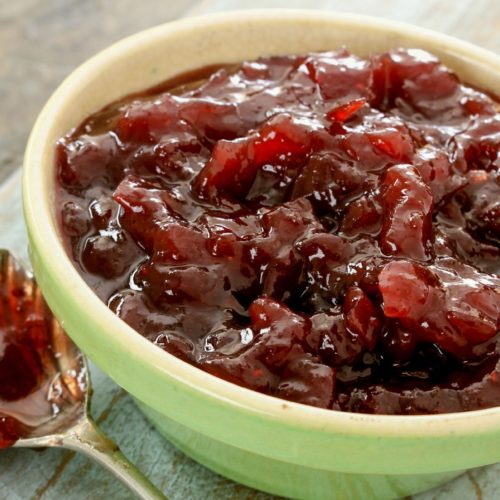Chances are you don't think too hard about your refrigerator. It's simply a convenient appliance where you can store perishable foods until you're ready to eat them. However if you want to take the best advantage possible of this wonderful appliance there is an efficient way to store food in it to help things stay fresh just a little longer.
One side benefit of an organized refrigerator is that you’ll always know where things are, or at least where they’re supposed to be. And chances are if you’re keeping things organized you’re less likely to be growing science experiments in the back corner that eventually need to be thrown out. So utilizing your fridge effectively can also help reduce food waste.
Here are the best refrigerator efficiency tips so you can get the most out of your fridge:
1.One of the best things you can do is purchase a refrigerator thermometer and use it to figure out which shelves in your refrigerator are the coldest. This admittedly does take a while but once you know it will help you be as efficient as possible in storing food in your refrigerator. I prefer an analog face as I have concerns about digital and how it will eventually function in the cold
2. The coldest part of the fridge tends to be the back of the shelf closest to the freezer. If you have a side-by-side it tends to be that side. This section is where you should be storing things like milk and raw meat to keep them as cold as possible
3. When storing raw meat in the refrigerator it is helpful to put a dish, a tray, a bowl, something below it in case it leaks. The last thing you want is to have to unload your entire refrigerator to sanitize it because you have meat juices on the shelving. This also applies if you use plastic baggies to marinate your meats. You need to have something under the bag in case it leaks. I want to encourage you to shift to glass containers for marinating and food storage instead of plastic. Not only will is stop the leaks, it's better to not have plastic touching your food.
4. Condiments and items you use regularly should be stored in the door. This way you can access them quickly. Because the door shelves are narrower you can spot them more quickly as well. It may be tempting to keep other things in the space however if you need the space for condiments and sauces do that first. Then store other items in the door according to highest use.
5. Many people keep things in the refrigerator that don’t belong there. The following things do best if they are stored outside the refrigerator:
- Hot sauce
- Worcestershire sauce
- tomatoes
- onions
- potatoes
- cooking oils
- peanut butter
- honey
- coffee
- garlic
- avocados (unless they are close to overripe)
- soy sauce
- vinegar
The exception to this list, of course, is if the label says ‘refrigerate after opening.’
6. Using small bins in the refrigerator can help you keep certain items together to make them easier to find like jams, pickles or olives. Bins are also good for things that don’t stack well such as tubes of pesto or oddly shaped things that don’t stand up right
7. In order to prevent the amount of time you have to rummage around in your fridge if possible taller things go in the back smaller things go in the front. Obviously, this makes a lot of sense, the challenge, however, is when you live with other people who aren't as mindful about how things are stored in the fridge as you are.
8. Vertical space can be a problem in refrigerators. Certain things, like that bottle of wine you’re chilling, can lie on its side. This also applies to tetra-pack containers such as almond milk. Simply be sure that the container is not overly full and if there is a pour spout that it’s pointing up in order to reduce the potential for drips or leaks.
9. My favorite refrigerator containers are clear glass because this allows you to see what’s actually in there. I am also a fan of assembling leftovers into meal portions. Instead of putting all the meat in one container, all the vegetable number one in another container, and all of vegetable number two in another container. Create a meal and put that in the refrigerator for a quick grab and reheat access. It’s also helpful if you stack all of your leftovers together that way people can see what’s available when they’re hungry instead of having to rummage all over the fridge.
Organizing your refrigerator is not a one-and-done proposition. It gets used a lot and things can wind up shoved in for expediency rather than efficiency. It's a good idea to set aside a few minutes once or twice a month and re-arrange the fridge for maximum use and visibility. Chances are because you’ve done this once you’ll know where things ought to go and it shouldn’t take as long to set the fridge to rights.













